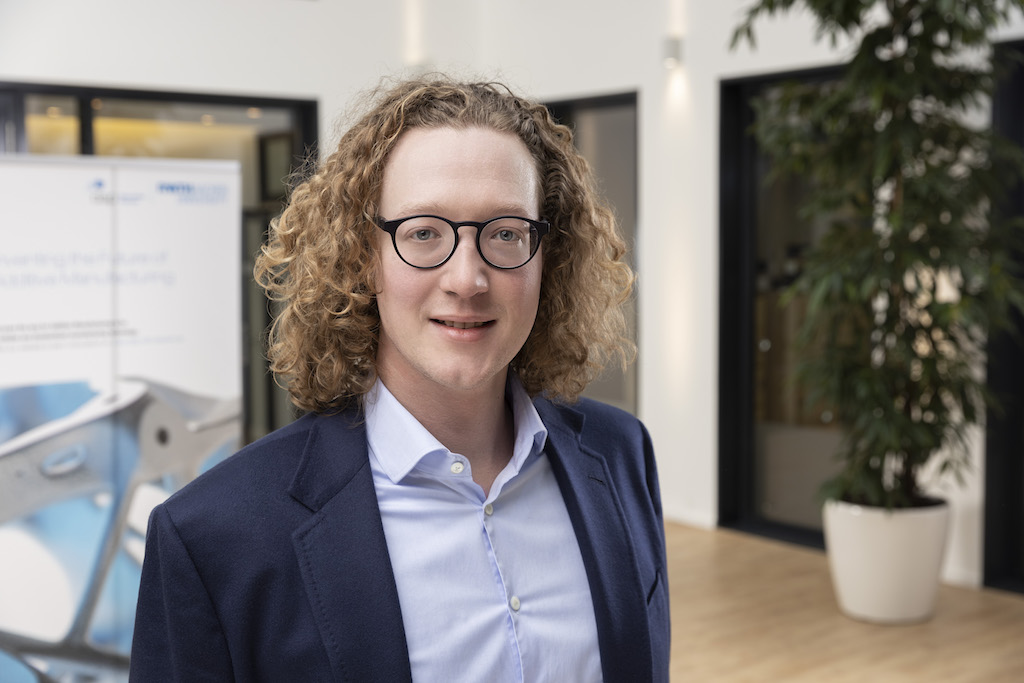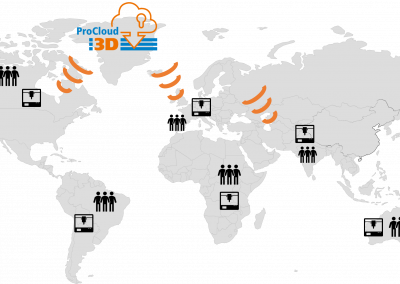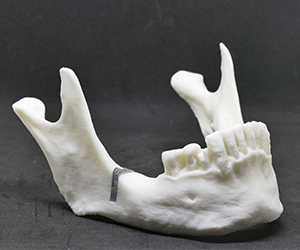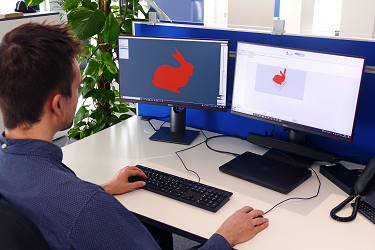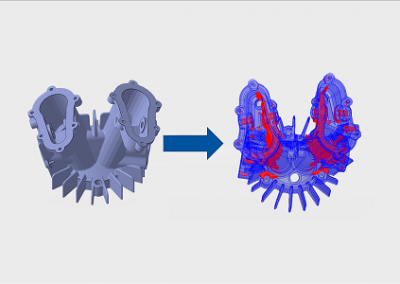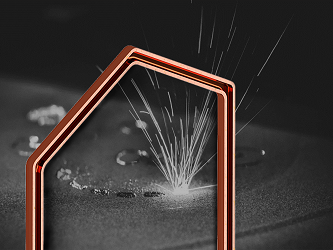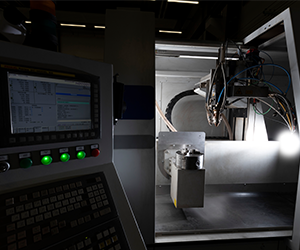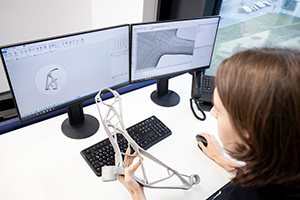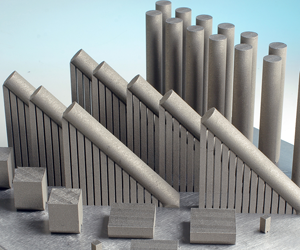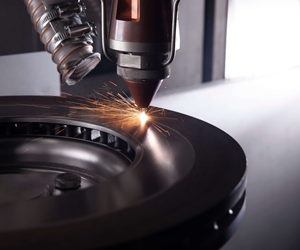Key Words: FDM, Polymers, Efficiency, Granulate
Granulate-based FDM for Fibre-Reinforced High-Performance Plastics
Fused Deposition Modelling (FDM) is one of the leading technologies in the Additive Manufacturing (AM) market. In particular, the production of visual objects, prototypes and low volume products made of thermoplastics characterize this simple and cost-effective technology. In order to shorten development cycles and reduce production costs simultaneously, this technology has been established as an integral part of product development processes in recent years. Unfortunately, the scope of application for industrially usable functional components for this technology is not yet given. Hardly any standard industrial plastics can be processed, let alone plastics with a fibre content that create a significant improvement in the material properties. Furthermore, the use of plastic filaments as raw material limits the maximum build-up rate, the flow rate and the material selection
In order to overcome the process-related restrictions and to increase the efficiency of the process at the same time, the way in which the raw material is provided must be combined with a redesign of the extrusion unit.
Instead of taking the detour via commercially available filaments, the material is directly processed in its most common form as granulate, which is also used in injection moulding, and can, for example, be enriched in-situ with the desired fibre content. Previous developments are strongly oriented towards the injection moulding process and use axial extruder screws. In contrast, the RWTH Aachen University Chair for Digital Additive Production DAP is currently developing a new, compact and modular radial design – the first preliminary tests have already been successfully completed. The granulate to be processed is melted in a cylinder and then conveyed via a rotating, radial extruder unit in the direction of the cylinder bottom. The special geometry of the extruder and the cylinder base homogenizes the material and ejects it from the heated nozzle. In contrast to the conventional FDM process, considerably larger nozzle diameters can be used with this printing system, resulting in significantly higher printing speeds and bigger parts.
Maximilian Voshage, M. Sc.
RWTH Aachen Chair
Digital Additive Production DAP
Campus-Boulevard 73
52074 Aachen
Further Research Topics
This picture shows a component that was developed in one of our projects together with Kueppers Solutions GmbH.

